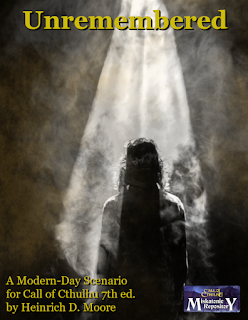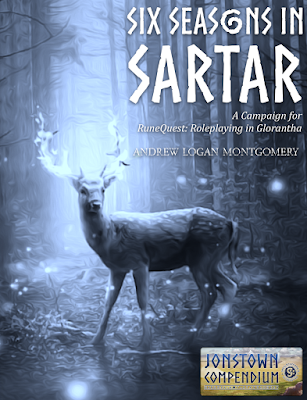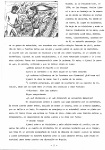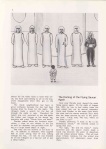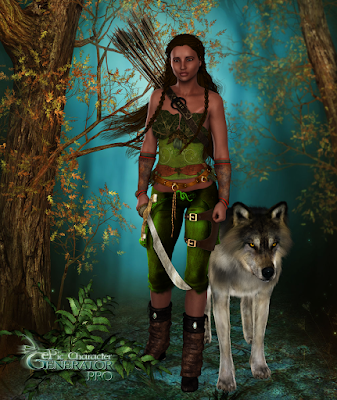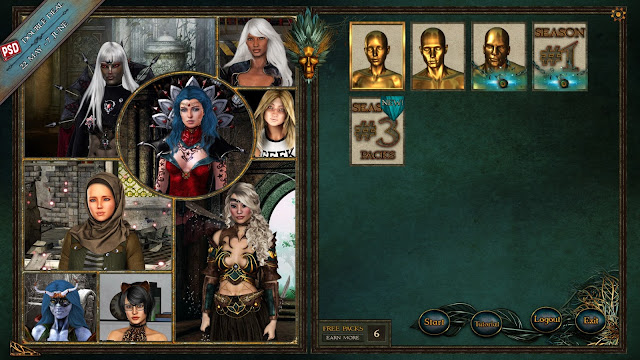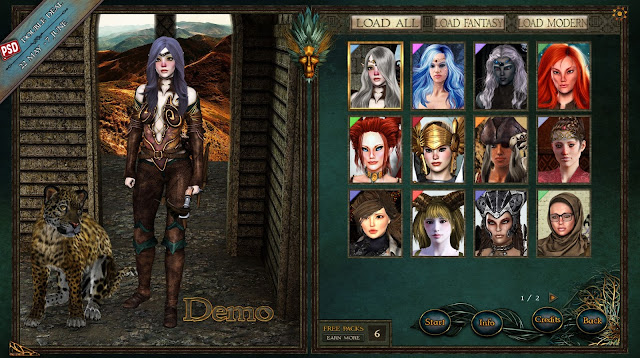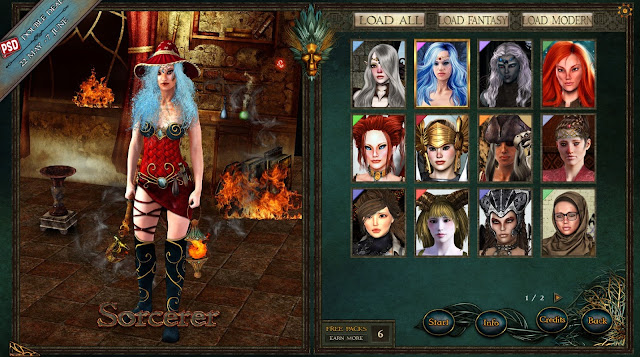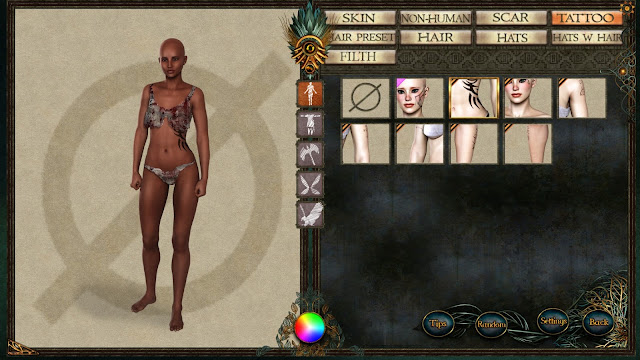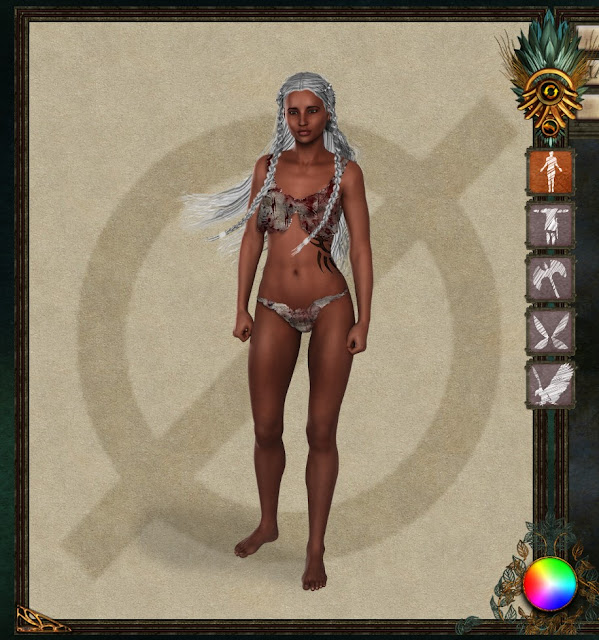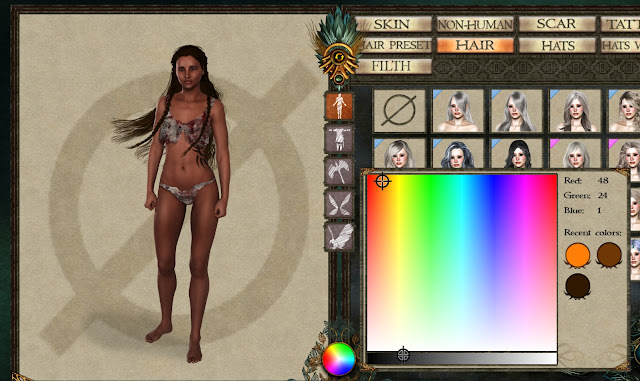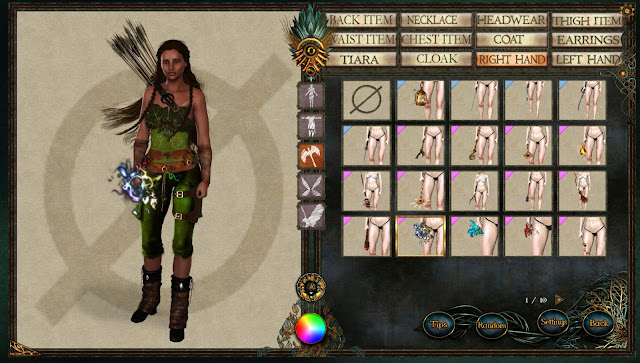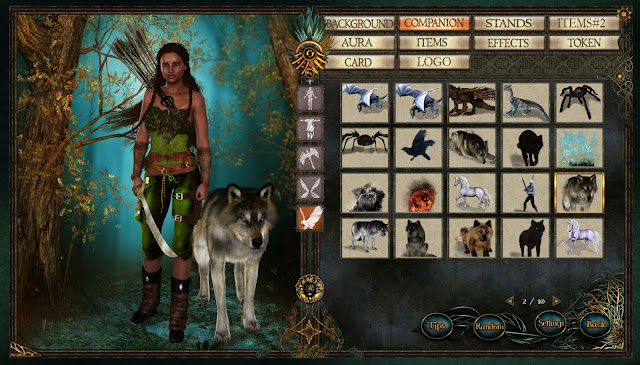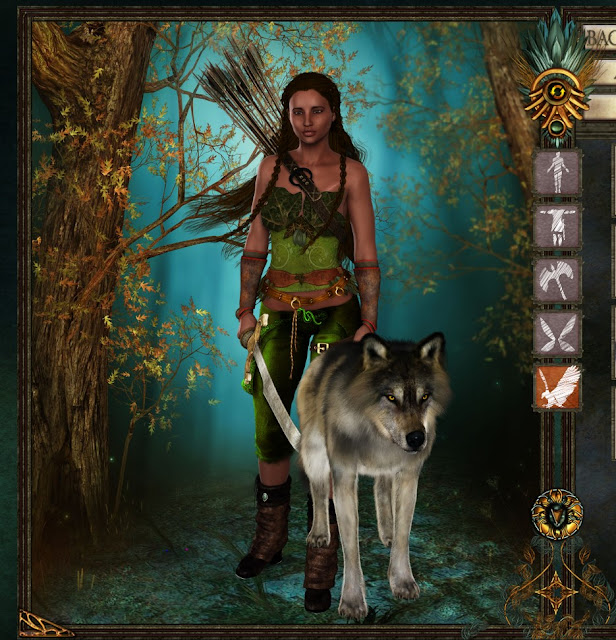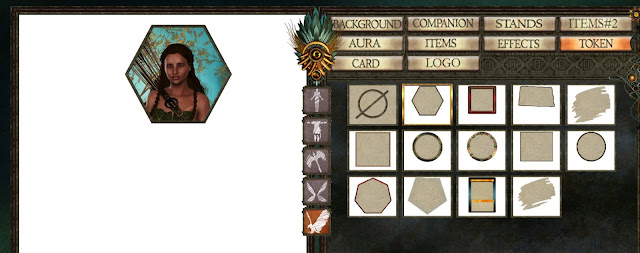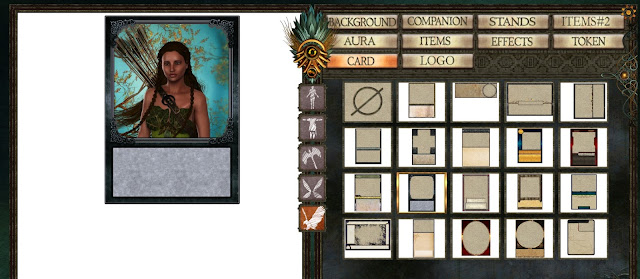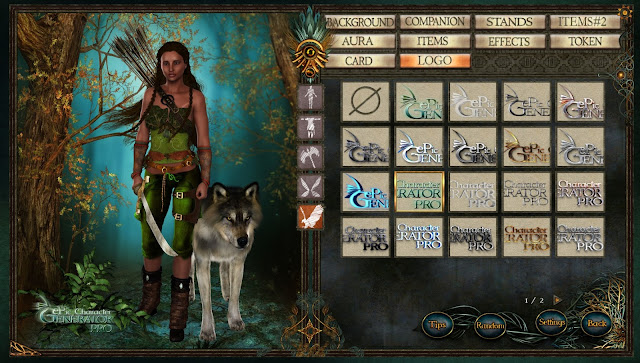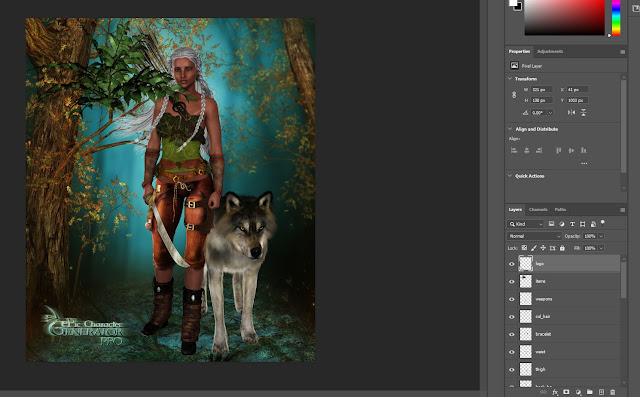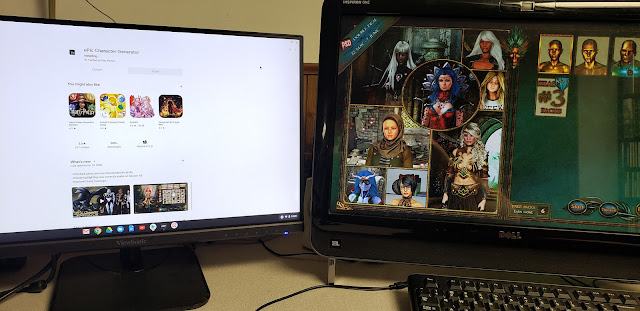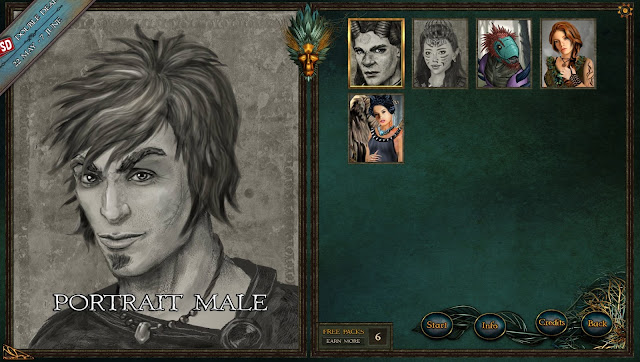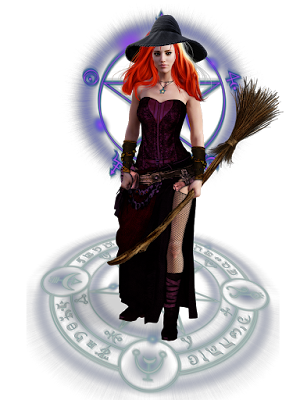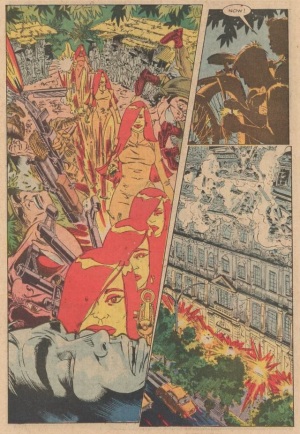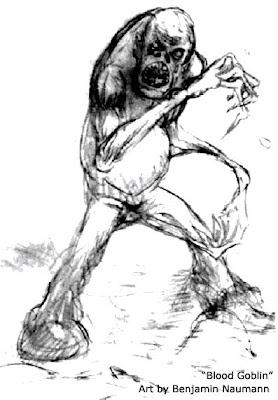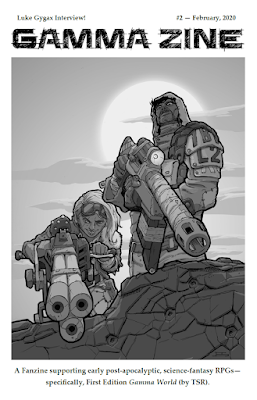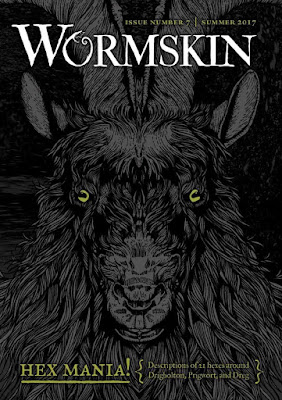Last week was the Season Finale of
Motherland: Fort Salem on the FreeForm channel. The season was great, start to finish. It had great characters that showed a lot of growth and at least three different "What the Hell!" moments in the last few minutes of the last episode.
If you have not been watching then you are missing out. Motherland gives us an alternate history where witches rose up during Salem and forged a pact with the then Colonies to protect the new country from their enemies. There are fewer states in the US and a large portion, The Cession, was given back to the Native Americans in return for their help and magic. The series follows three new witch recruits, Abby, Tally, and Raelle, as they go through Basic Training and survive as a unit.
There is a terrorist organization of rogue witches known as the Spree who resent the servitude that sends all witches to the Army.
Honor me, make a place for me and my kind and we will win your wars.- General Sarah Alder to Massachusetts Bay Militia,
Say the Words The show features a full cast of strong, interesting women characters. The leader of the Army is General Alder, a 300+-year-old witch, their drill sergeant is a woman. Even the President is an African-American woman. Men are either tertiary characters at best (the Witch-Father) or eye-candy (Abby's two boy toys). Tally doesn't even see a man until one gives up his seat for her so she can fly from California to Massachusetts. Not that men are put into a bad light. The Witch Father is respected and well-liked. Raelle's dad is proud of his daughter and worries about her. It's just their stories are not as important here. That's a nice change of pace really.
The witches are also not a Ms. Pac-Man trope. They are warriors, witches but also women and they are allowed to be all three. It really is quite enjoyable and very different from what I have seen in the past. It has been a fantastic first season.
I can't believe I have to wait a whole year to catch up on the Bellweather Unit and their battle against the Spree and "The Camarilla", the "Ancient Enemy" of all witches. This certainly sounds like a lot of fun. But can I wait that long?
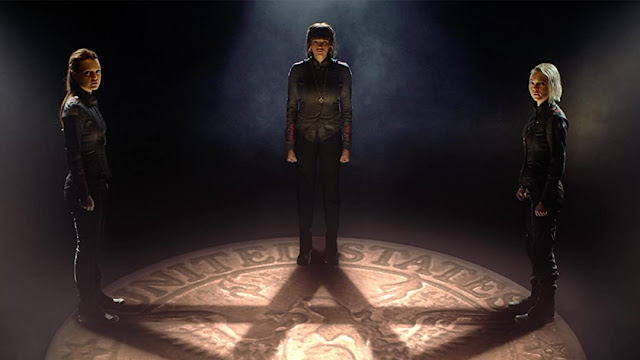
So what am I going to do? Easy. Convert them to D&D characters!
The witches of Motherland are perfect as adventurers really. They are great as a group with Abigail as their leader, Raelle as the healer and Tally as the seer. I don't know much about who or what the Camarilla is, but given what we saw in the last episode I am looking forward to it.
Witches vs. the Camarilla? Yeah. Sign me up!
Basic D&D and D&D 5D&D 5 is the latest and greatest version of the game but the Basic version from the early 80s is my game of choice these days. So I figure I can do both.
Basic D&D (1981)In this version I would use one of
my own Witch classes. But instead of Traditions, I would opt for family lines.
I am putting them all at 3rd Level since they "Finished Basic." I know. Dumb D&D joke.
D&D 5th EditionIn this version, there is no proper witch class. There is a warlock of course, but that doesn't feel like the right call here. With their focus on combat, voice-based magic, leadership, and some healing the obvious choice is the Bard class. There is even a perfect sounding group for them, The College of War.
 Abigail Bellweather
Abigail BellweatherAbigail "Abby" Bellweather, of the East Coast Bellweathers, is the leader of the Bellweather Unit. She starts out in the show as an arrogant, if even spoiled, girl of privilege. By the end of the series she is the leader she was born to be. Even her rivalries with Raelle and fellow East Coast witch Libba Swythe become something different as she accepts the responsibility of what being a soldier-witch means.
Base AbilitiesStrength: 12Dexterity: 11Constitution: 13Intelligence: 14Wisdom: 11Charisma: 17
Hair: Drk. Brown
Eyes: Brown
Basic D&DWitch Level 3, Lawful
HP: 10 AC: 7Tradition: Bellweather family (Leaders) (For this I will use my
Amazon Witch Tradition)Abilities: Windstirke*, Fighting ProwessSpells: Fury of the Ancestors, Windshear* (Ritual), Suggestion
D&D 5th EditionBard Level 3, Lawful Good
HP: 21 AC: 11Abilities: Bard Abilities, SpellcastingSpells: Eldritch Blast, Thunderclap, Truestrike, Cure Wounds, Featherfall, Heroism, Thunderwave, Phantasmal Force, Suggestion
Weapons: Dagger, Scourge.
Click here for her
D&D Beyond Sheet.
 Tally Craven
Tally CravenTally comes from the depleted Craven line. All her aunts had gone to fight in the Army and they all died. She is the last of her line. She lived in the Matrifocal Allotment near Sacramento, California. She had not even seen a male until she answered her call of duty, an action her mother strongly wished her not to do. Her power is to "see." She can detect disguised and hidden objects or people and might be one of the most powerful seers to come up in the ranks in a long time.
Tally is a sweet girl who loves with all her heart because that is what she knows. She is fiercely loyal to her Unit.
Base AbilitiesStrength: 11Dexterity: 13Constitution: 14Intelligence: 13Wisdom: 12Charisma: 16
Hair: Red
Eyes: Brown
Basic D&DWitch Level 3, Lawful
HP: 9 AC: 7Tradition: Craven family (Seers) (For this I will use my
Classical Witch Tradition)Abilities: Windstirke*, Detect EvilSpells: Foretell, Detect Invisible, Witch Sense
D&D 5th EditionBard Level 3, Neutral Good
HP: 24 AC: 11Abilities: Bard Abilities, SpellcastingSpells: Thunderclap, Truestrike, Detect Magic, Heroism, Identity, Thunderwave, Detect Thoughts, See Invisible
Weapons: Dagger, Scourge.
Click here for her
D&D Beyond Sheet.
 Raelle Collar
Raelle CollarRaelle lived in the part of American known as the Chippewa Cession where the Indigenous Tribal Federations are. She is a healer of great power, like her mother was. Her mother was reported dead by the Army and Raelle blames the Army and Gen. Bellweather in particular. She doesn't want to be there and her plan was get enlisted to the infantry and get killed as soon as possible. Her attitude earned her the nickname "shitbird" from Abby.
Raelle attitude changed when she met and fell in love with fellow cadet Scylla Ramshorn.
Base AbilitiesStrength: 12Dexterity: 13Constitution: 15Intelligence: 12Wisdom: 13Charisma: 15
Hair: Blonde
Eyes: Blue
Basic D&DWitch Level 3, Lawful
HP: 11 AC: 7Tradition: Collar family (Healers) (For this I will use my
Pagan Witch Tradition and
Basic Witch Tradition)Abilities: Windstirke*, Healing Touch (1d4)Spells: Cure Light Wounds, Sleep, Heal Affliction
D&D 5th EditionBard Level 3, Chaotic Good
HP: 24 AC: 12Abilities: Bard Abilities, SpellcastingSpells: Thunderclap, Truestrike, Cure Wounds, Feather Fall, Healing Word, Sleep, Lesser Restoration, Warding Wind
Weapons: Dagger, Scourge.
Click here for her
D&D Beyond Sheet.
 Scylla Ramshorn
Scylla RamshornScylla is a "Necro" or a Necromancer. Because their power makes others uneasy they are quartered in a different part of the base. We learn that Scylla's parents were killed when she was young. She meets and falls in love with Raelle. Later we find out she is part of the terrorist organization known as The Spree, responsible for hundreds of deaths across the country. Her job was to recruit Raelle, but she actually fell in love with her.
Base AbilitiesStrength: 11Dexterity: 13Constitution: 16Intelligence: 14Wisdom: 13Charisma: 18
Hair: Black
Eyes: Blue
Basic D&DWitch Level 4, Chaotic
HP: 13 AC: 7Tradition: Ramshorn family (Necromancer) (For this I will use my
Mara Witch Tradition)Abilities: GlamourSpells: Bewitch I, Lay to Rest, Dark Whispers, Hypnotize
D&D 5th EditionBard Level 4, Chaotic NeutralHP: 35 AC: 12Abilities: Bard Abilities, Spellcasting, Magic Initiate (Necromancer)Spells: Chill Touch, Message, Minor Illusion, Toll the Dead, Truestrike, Bane, Charm Person, Disguise Self, Dissonant Whispers, Sleep, Enthrall, Lesser Restoration, Suggestion
Click here for her
D&D Beyond Sheet.
NotesFor Basic D&D I linked to the Witchcraft Tradition that best fits each witch. If I were to do something more like this I might revive my old "War Witch Tradition." This is the ancient Celtic tradition of witches like The Morrigan and Scáthach.
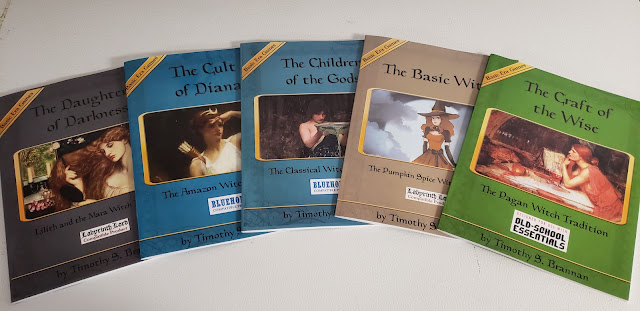 For 5th Edition
For 5th Edition Bards felt like the closest match. I originally had Scylla as a Magic Initiate (Warlock) to cover her other magical abilities and to represent her membership in the Spree. But I changed it to Magic Initiate (Necromancer) to cover some of her Necro powers. She is still too low-level to really take advantage of the necromancy spells.
I considered making them all Sword-Pact Warlocks and taking a Magic Initiate Feat at first level to cover their various Traditions/Backgrounds. So Necromancer for Scylla, Cleric/Healer for Raelle, Bard for Abby and Wizard for Tally. That might still work well to be honest.
*Windstrike is the basic attack ability of a Warrior Witch. With her voice the witch can cause 1d6+1 hp of damage.
*Windshear is a ritual spell performed by multiple witches. It is a shield from attack and it destroys whatever comes in contact with it.
The Scourge is a flail like weapon used by all witches. It is long with a whip-like handle and a knob on the end that glows with the witch's magic. It is considered a +1 weapon and does 1d6+1 points of damage. In D&D 5th Ed it is considered an exotic weapon.
The real test will be doing stats for Sgt. Anacostia Quartermaine and Gen. Sarah Alder.
 Other Editions of D&D
Other Editions of D&DBuilding these characters was so much fun I could not help but think how other editions of D&D might work.
1st Edition AD&DBards are out because they are very different here. I would use Magic-users and let them dual-class into another class to help. Or even use Druids.
2nd Edition AD&D Ah now here is a chance to really try something fun. Like 5th Edition, I would make them Bards, but I would also have them take the Blade kit from
the Complete Bard Handbook. Again like 1st Ed, I might let them dual-class into another class OR just allow them to take the proper spells.
3rd Edition D&DSo many choices here. I would try out a
Hexblade or Bladesinger for these. I mean really, a witch-army has the Forgotten Realms written all over it!
Blasesigners and
Witches of Rashemen are just about War Witches now.
4th Edition D&DSo many classes! Ok make them Pact of the Blade Warlocks, let them take a multiclass feat at first level to add the other class features they need. OR start them out as Witches from
Heroes of the Feywild and then multiclass feats.
I might try each option on one character to see how it would work. The choice is obvious.

She may be
General Sarah Alder, but I know a Witch Queen when I see one.
 Grimlock
Grimlock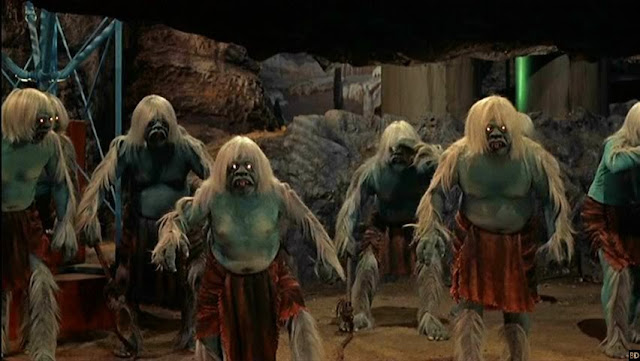 1960 Morlocks
1960 Morlocks 1978 Morlock
1978 Morlock Grimlocks from Charmed
Grimlocks from Charmed 